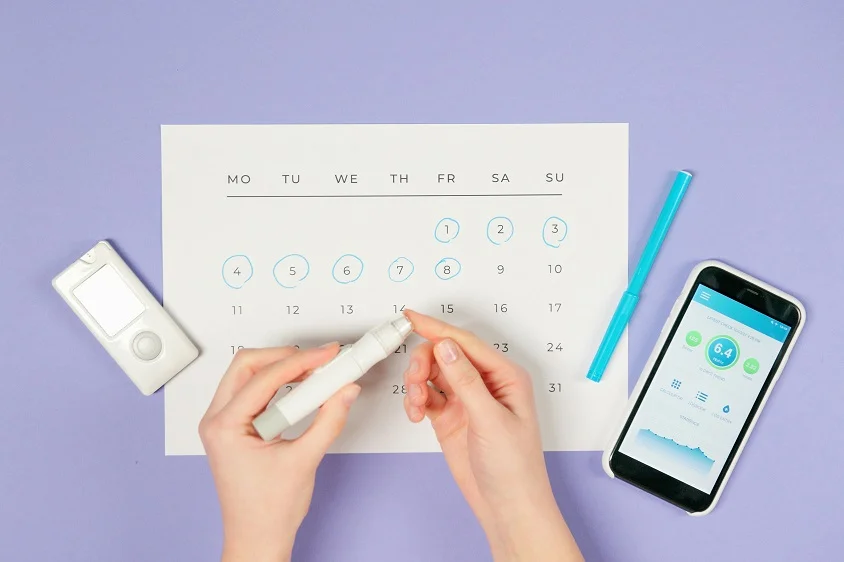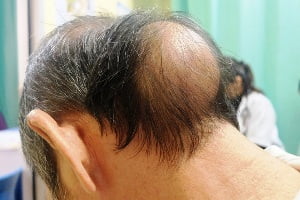The integration of the Internet of Things (IoT) in healthcare has transformed patient care, opening doors to innovative and more efficient solutions. From wearable health trackers to intelligent infusion pumps, IoT devices collect valuable patient data that can be used to enhance health outcomes.

In 2022, the global smart healthcare market was valued at $144.9 billion, reflecting the rising demand for digital health solutions like wearable devices. The wearable medical devices sector alone was valued at $42.74 billion.
With ongoing advancements in IoT, smart technologies are reshaping the delivery of healthcare services across the globe.
However, this connectivity also exposes sensitive information to cybersecurity threats. As the industry continues to embrace IoT, ensuring the security of patient health data has become a non-negotiable priority.
Here’s how healthcare providers and technologists can protect this vital information in the IoT ecosystem.
Understanding the Stakes in Patient Data Security
Patient data is not just another set of information used in remote patient monitoring. It is deeply personal, often including medical histories, genetic details, and financial records.
According to CoachCare, data of remote patients is particularly vulnerable. That’s because patients might not be as careful as healthcare providers when handling their own personal data.
Then, you have data breaches in the healthcare sector.
Between January and September 2024, US healthcare organizations experienced 491 large-scale data breaches, each affecting over 500 records. Notably, the highest number of such breaches in U.S. healthcare was recorded in 2023, with 745 cases.
Such breaches don’t only compromise privacy. They can lead to identity theft, insurance fraud, and even harm a patient’s health if critical data is altered or deleted.
For healthcare organizations, the fallout of a data breach extends to financial penalties, loss of trust, and damage to their reputation. IoT magnifies these risks by introducing more points of vulnerability.
The challenge lies in balancing IoT’s transformative benefits with robust security measures, ensuring that patient care is enhanced, not endangered.
The Role of Encryption in Safeguarding Data
Encryption is a must when it comes to data security in IoT for healthcare. Hence, high-quality remote patient monitoring software used to monitor remote patients continuously ensures the best possible encryption standards. However, encryption needs to be applied comprehensively, covering data in transit and data at rest.
For IoT devices, lightweight encryption algorithms are essential, given their limited processing power. Organizations must collaborate with manufacturers to ensure encryption is built into device firmware, eliminating gaps that hackers can exploit. Furthermore, updating encryption protocols regularly is critical as cybercriminals evolve their tactics to crack older algorithms.
Fortifying IoT Devices with Secure Development Practices
The foundation of patient data security lies in how IoT devices are designed and developed. Security cannot be an afterthought; it must be baked into every stage of the device lifecycle. This starts with implementing secure coding practices, where developers actively mitigate vulnerabilities during the creation of device software.
Device authentication is another essential layer. IoT devices must be able to verify the identities of other devices or systems they interact with, preventing unauthorized access. Healthcare providers should only procure devices from manufacturers who prioritize security certifications and adhere to recognized standards, such as the ISO/IEC 27001.
The Importance of Network Segmentation
In a hospital or clinic setting, IoT devices often operate on the same network as administrative systems and other critical infrastructure. This interconnectedness, while convenient, can allow a single compromised device to jeopardize the entire network. Network segmentation is a proven strategy to mitigate this risk.
For example, IoT medical devices can be placed on a separate network from patient records or billing systems. Advanced firewalls and intrusion detection systems can further bolster these segmented networks, monitoring traffic for unusual activity.
Frequently Asked Questions (FAQs)






